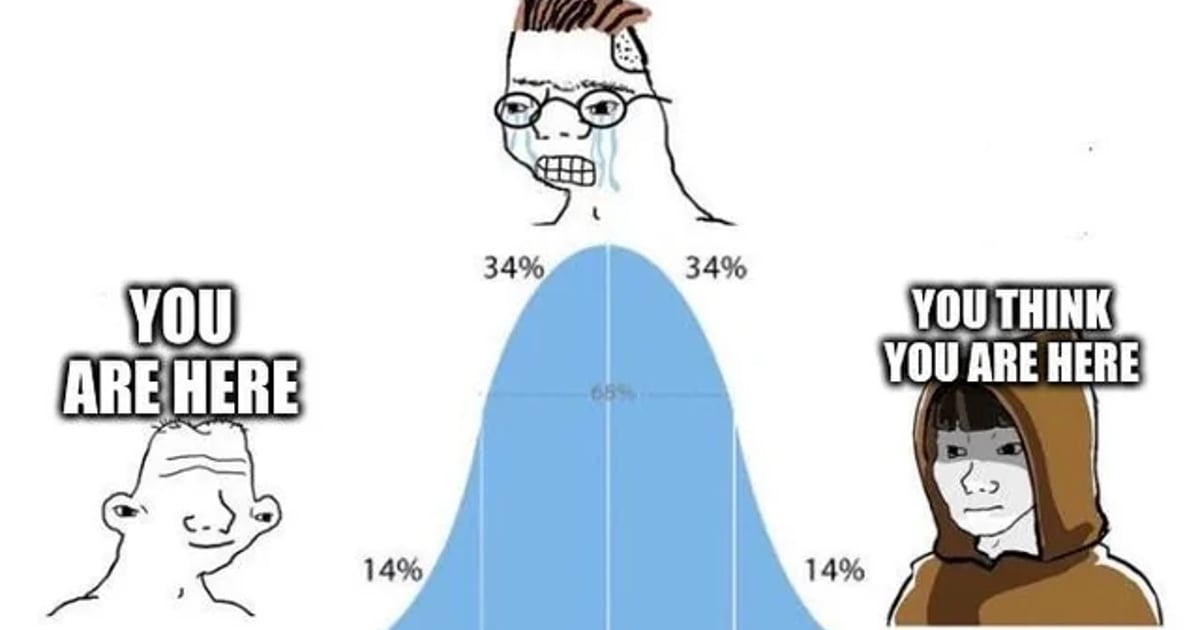Aligner : Achieving Efficient Alignment through Weak-to-Strong Correction
Efforts to align Large Language Models (LLMs) are mainly conducted via Reinforcement Learning from Human Feedback (RLHF) methods. However, RLHF encounters major challenges including training reward models, actor-critic engineering, and importantly, it requires access to LLM parameters. Here we introduce Aligner, a new efficient alignment paradigm that bypasses the whole RLHF process by learning the correctional residuals between the aligned and the unaligned answers. Our Aligner offers several key advantages. Firstly, it is an autoregressive seq2seq model trained on the query-answer-correction dataset via supervised learning; this offers a parameter-efficient alignment solution with minimal resources. Secondly, the Aligner facilitates weak-to-strong generalization; finetuning large pretrained models by Aligner's supervisory signals demonstrates strong performance boost. Thirdly, Aligner functions as a model-agnostic plug-and-play module, allowing for its direct application on different open-source and API-based models. Remarkably, Aligner-7B improves 11 different LLMs by \(21.9\%\) in helpfulness and \(23.8\%\) in harmlessness on average (GPT-4 by \(17.5\%\) and \(26.9\%\)). When finetuning (strong) Llama2-70B with (weak) Aligner-13B's supervision, we can improve Llama2 by \(8.2\%\) in helpfulness and \(61.6\%\) in harmlessness.
1.Aligner achieves noticeable alignment with less training data. For instance, with 50K training data, Aligner trained a 7B model, enhancing GPT-4's helpfulness by 19% and safety by 26%, and boosting Vicuna 33B's helpfulness and safety by 51% and 56%, respectively.













